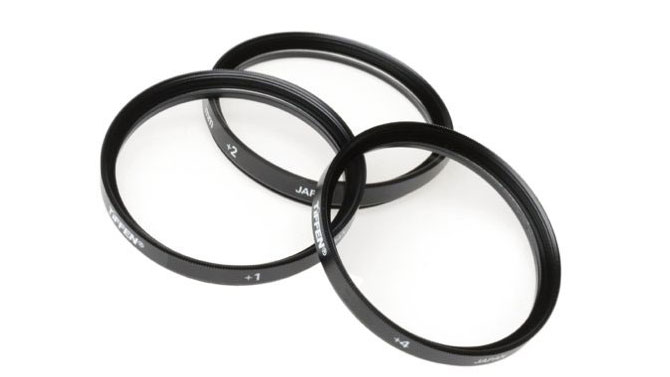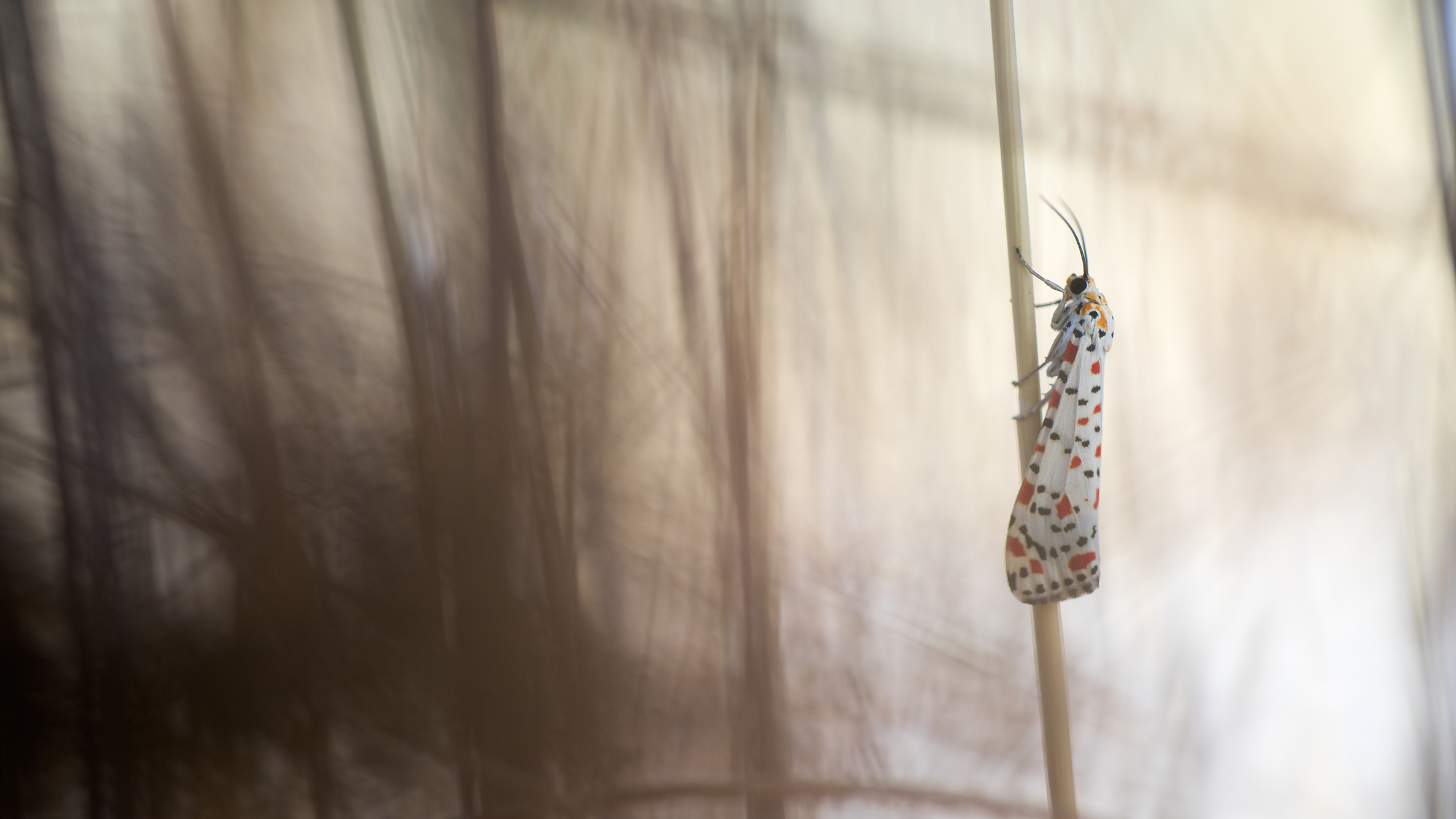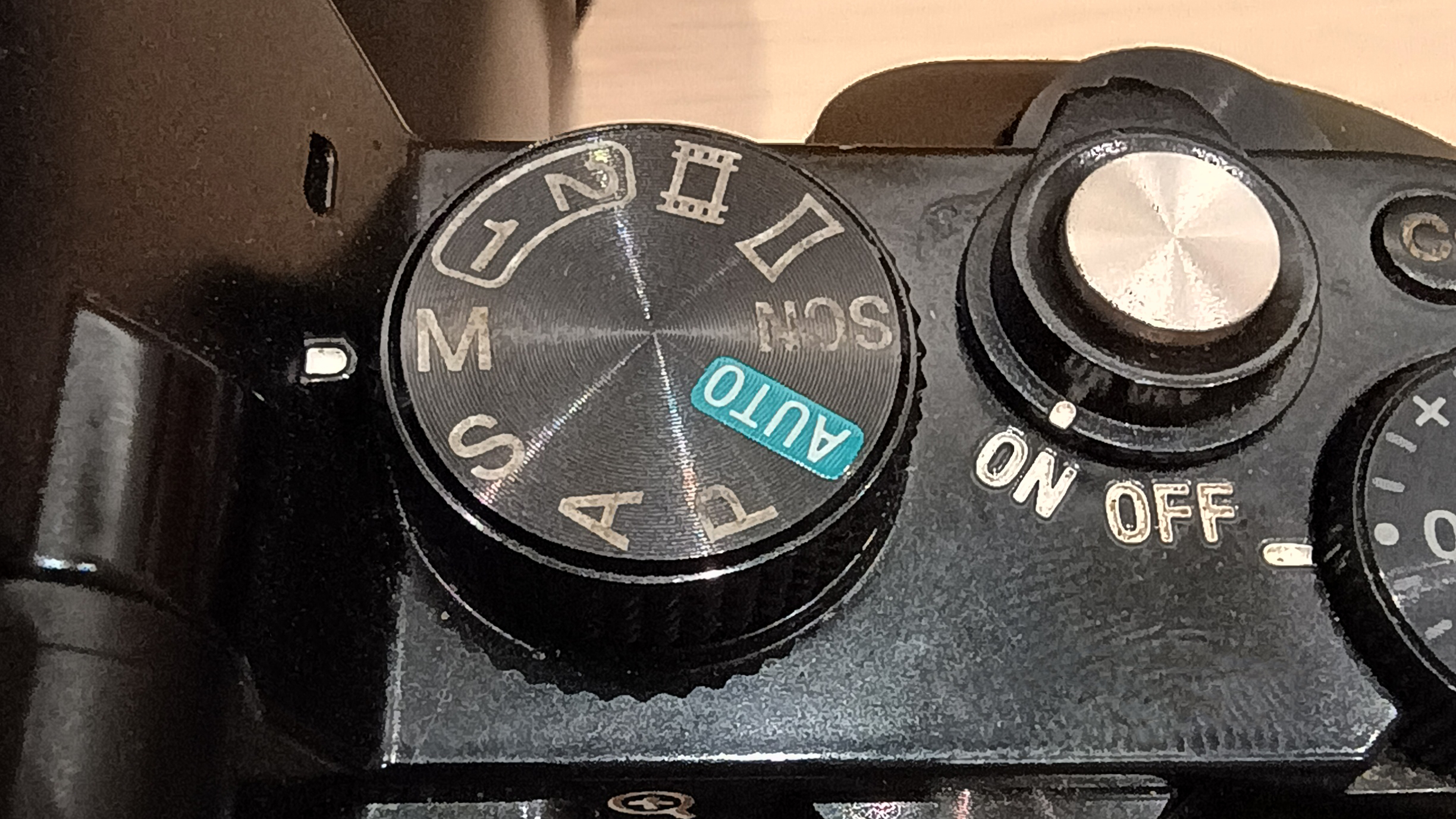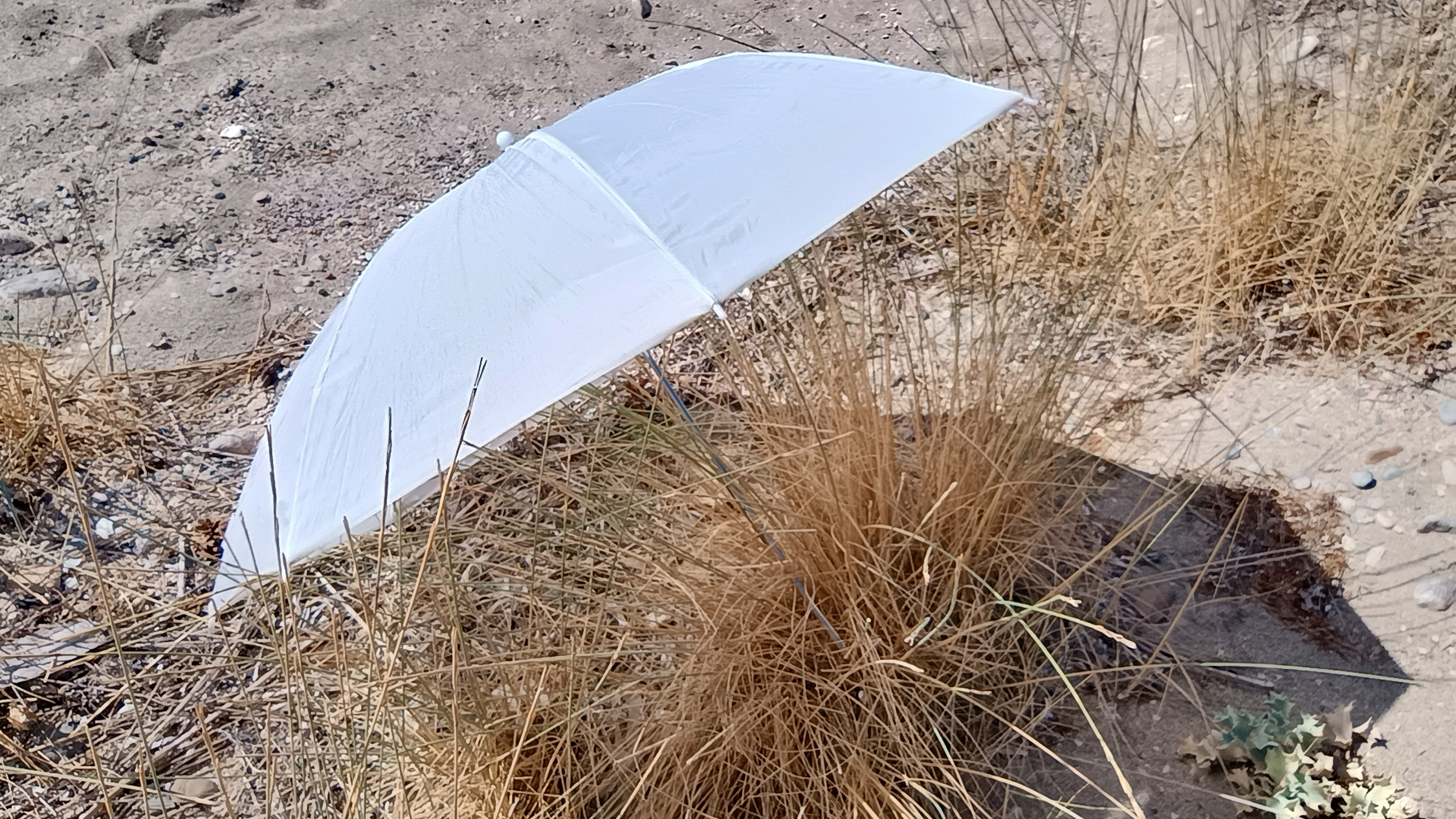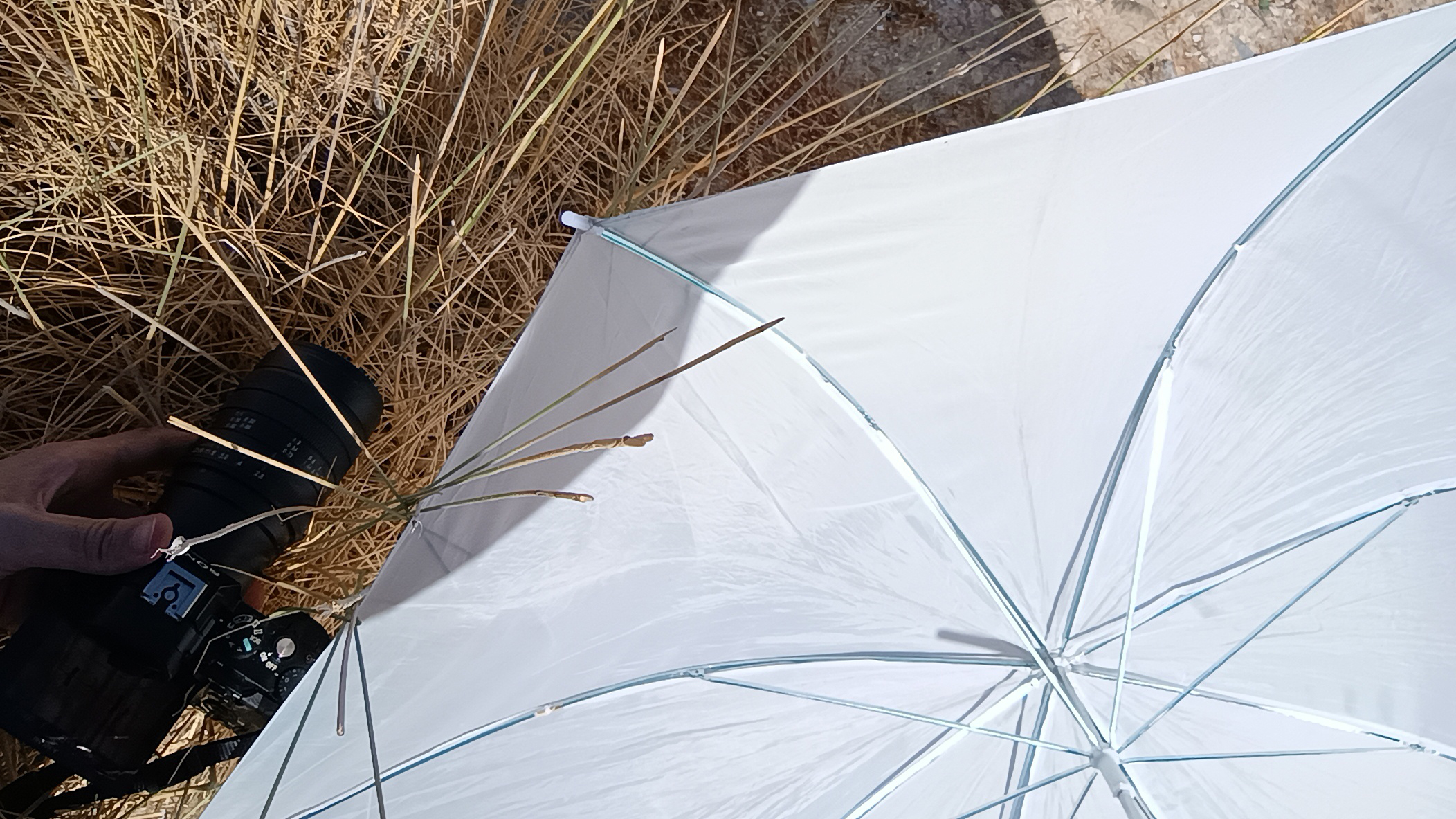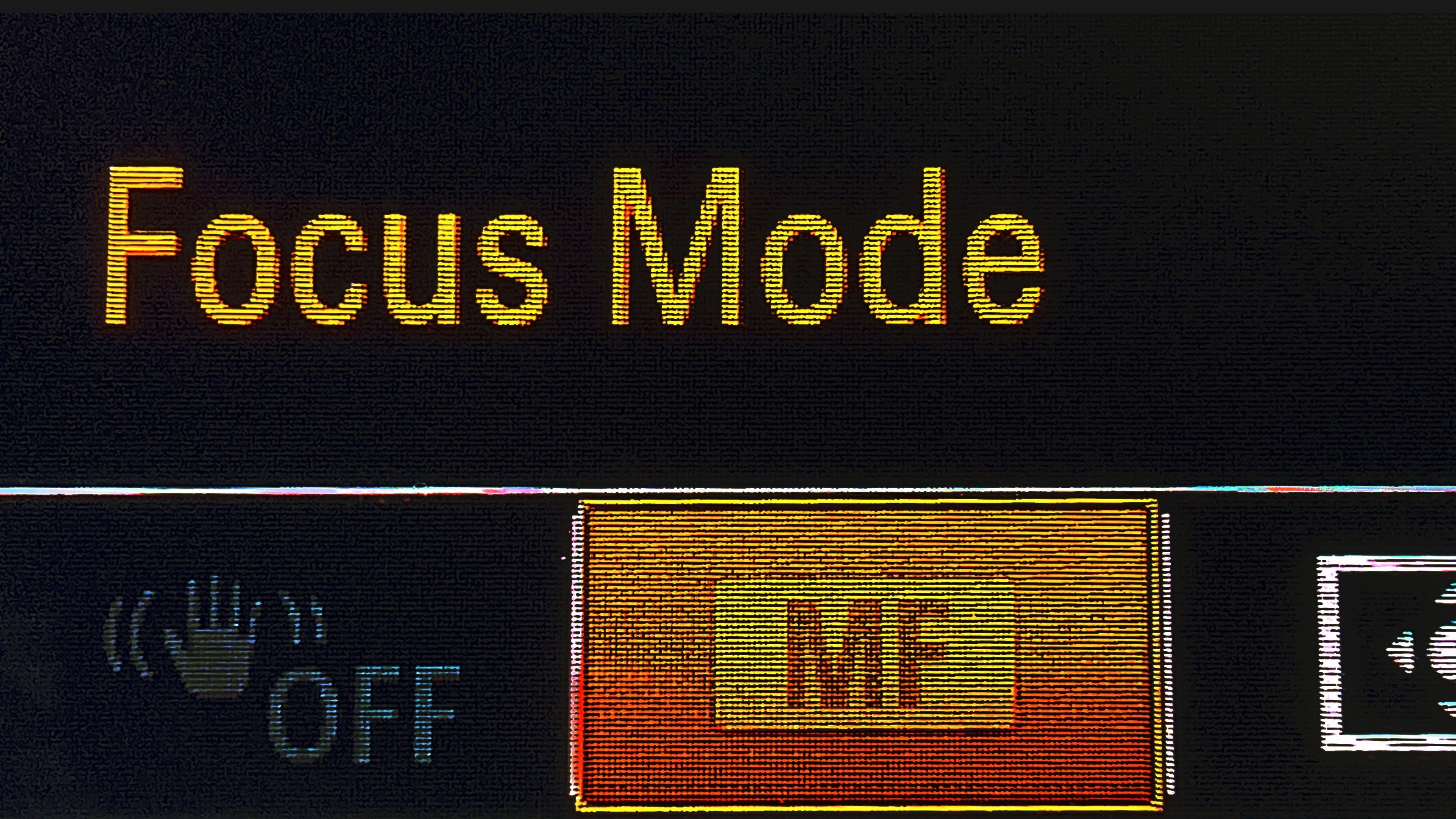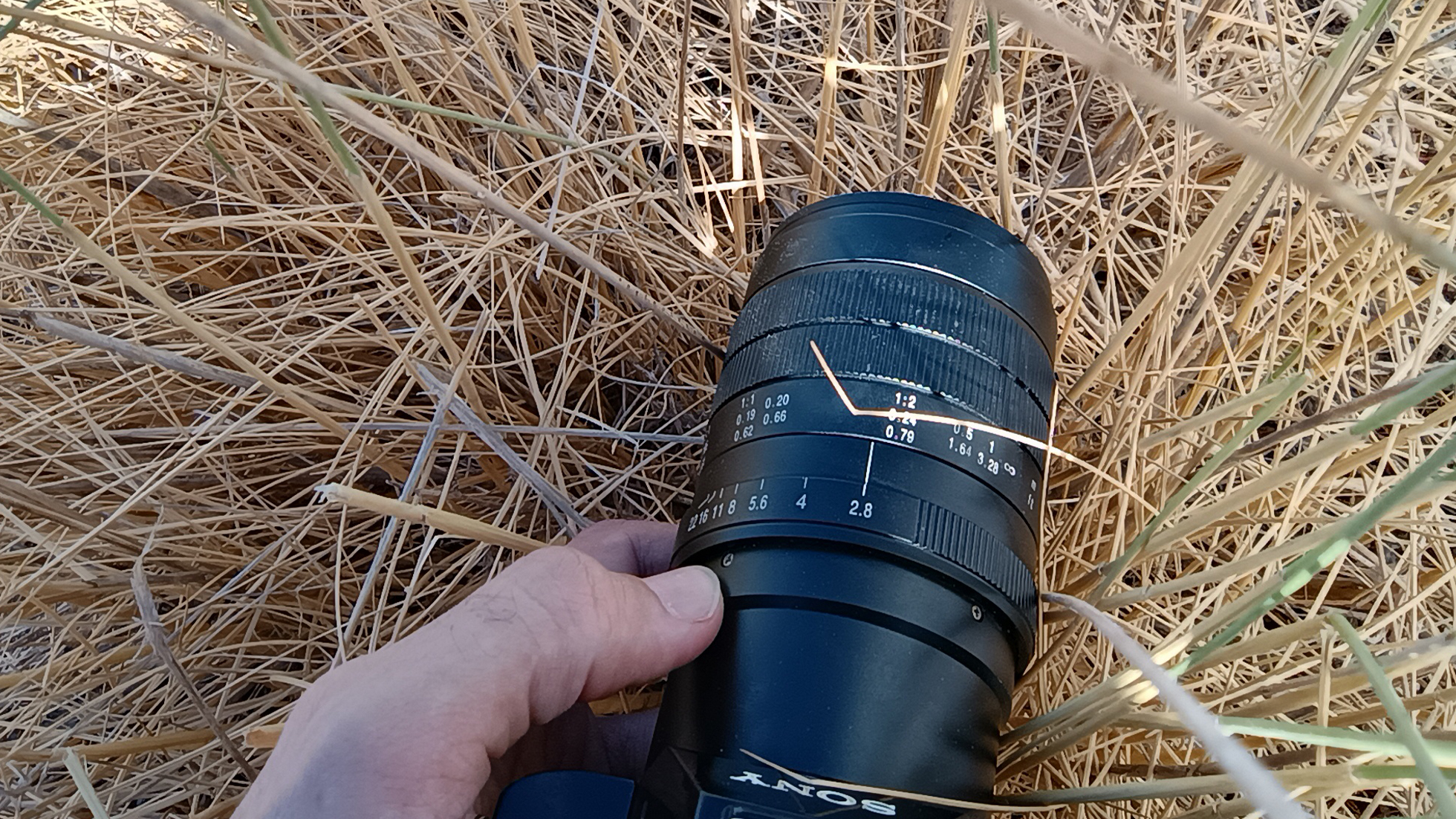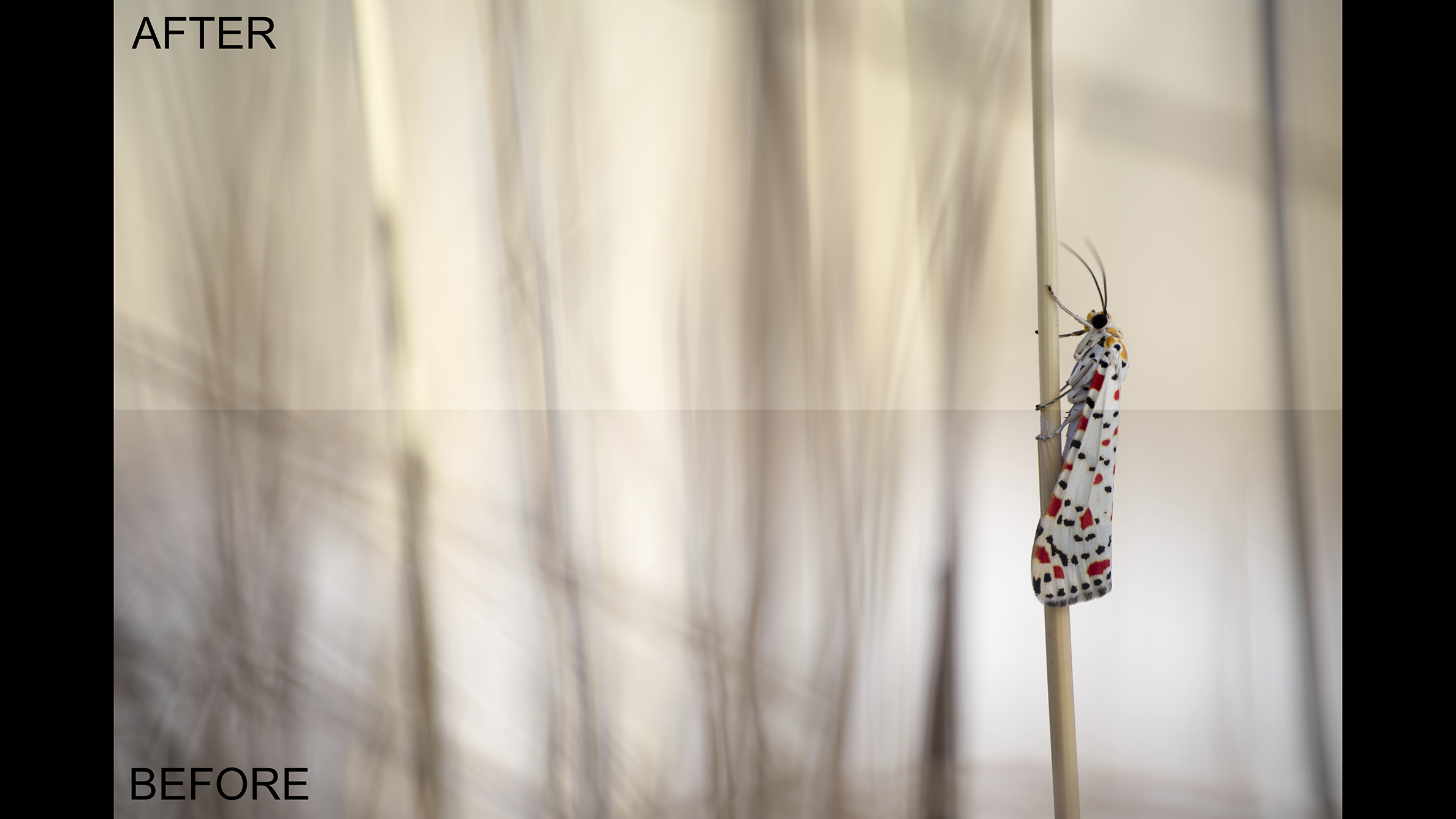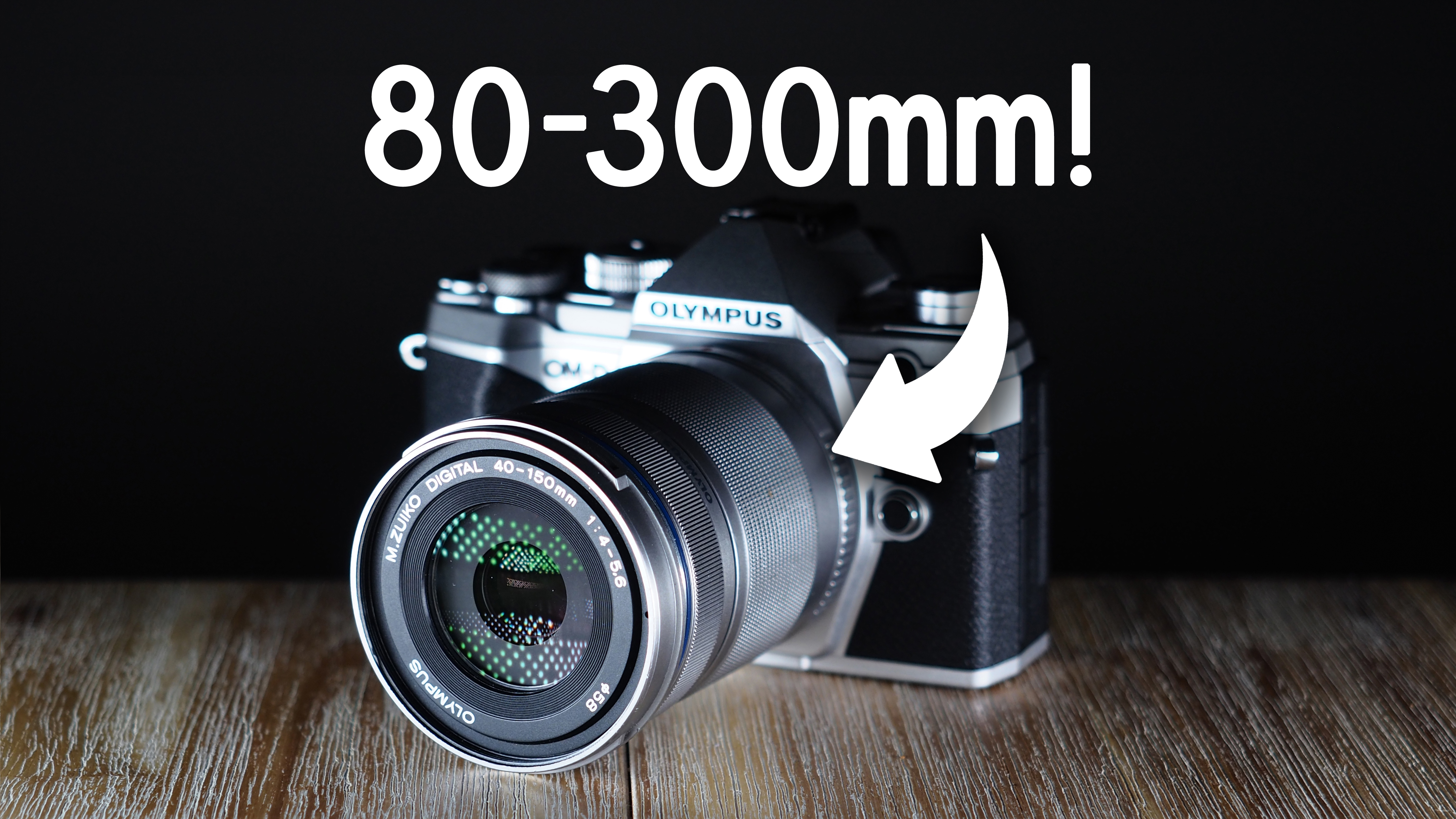Shoot above life-size and discover alternative tools to a macro lens
Here are the secrets of highlighting small details with soft light sources and why you do not ultimately need a macro lens
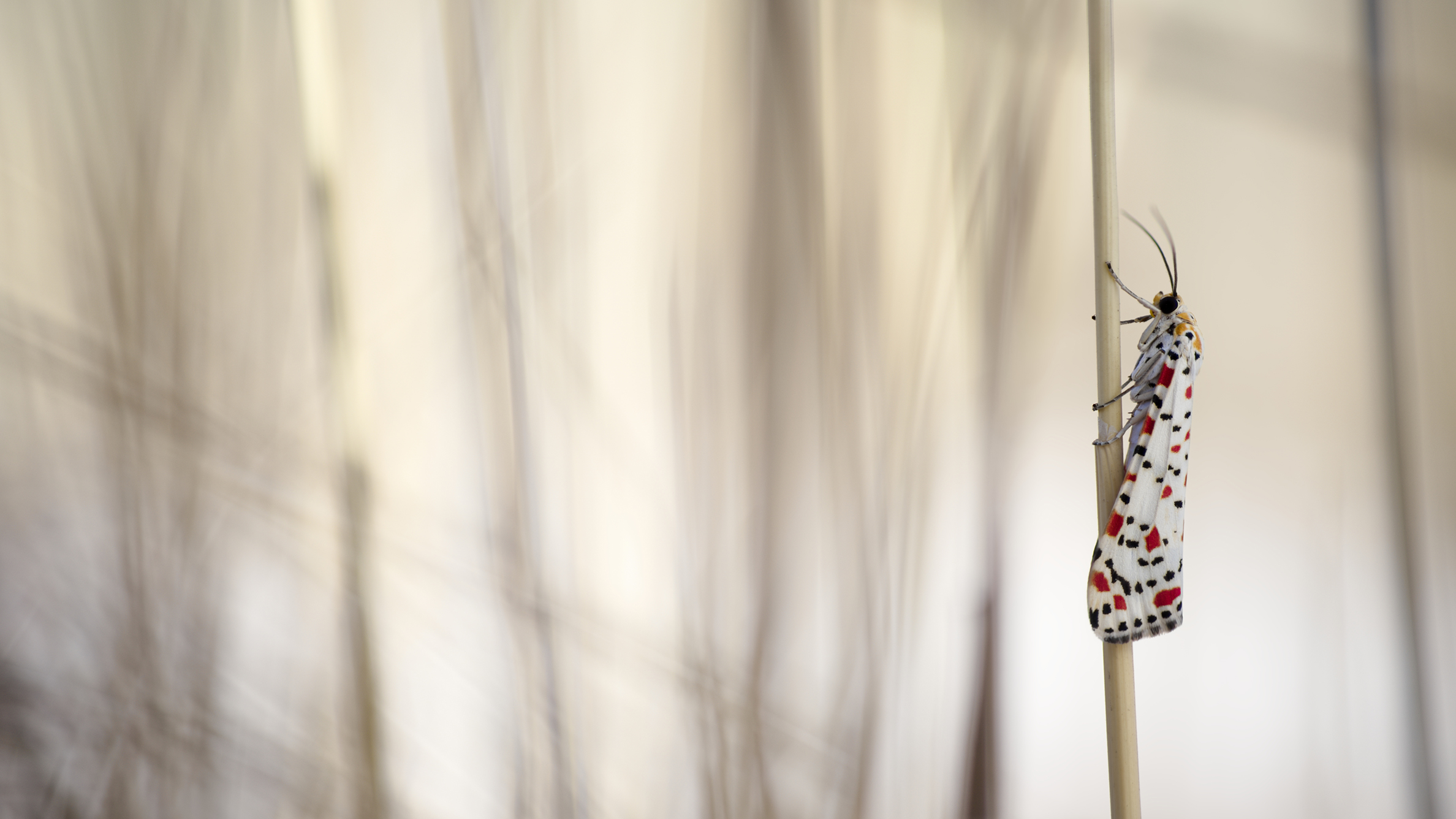
Macro photography is all about capturing the intricate details of a subject, revealing a whole new world to the audience. To mesmerize the viewer, simply creating a close-up won’t be enough – light, layers and composition all play key roles here. For example, the technique I follow aims to preserve these details while also incorporating background and foreground elements into the frame to provide context, depth and atmosphere in the composition. This way, I can direct the viewer’s gaze.
I recommend using a macro lens for the best results. However, close-up filters or extension tubes can also be used and attached to conventional lenses. Tubes and filters are especially great if you want to dip your toes into the genre of macro photography, as you can explore it with less hassle and financial commitment.
Lighting is an important consideration. I prefer to use natural sunlight, often with a diffusion umbrella to soften its harsh light. When the sunlight is not coming from the desired direction, I use a flash with a remote trigger. This can be challenging at times, especially when you are photographing live subjects in their natural habitats. Additionally, wind can cause movement in the frame and disturb the umbrella. However, I believe there are various ways that you can achieve great macro shots, and I simply use the methods that work best for me.
In this tutorial, I will show you one particular technique that can be applied in different ways to capture various macro subjects.
Before and after
Shooting steps
1. Select Manual
The camera does not understand your artistic vision or the challenges you face, such as the wind, for example, so set your camera to Manual mode. Now you have full control over the settings to create sharp but atmospheric close-ups.
2. Think about light
Next, analyze the light in your scene, and bring in artificial light sources if needed. Then place an umbrella (or other diffusers) between your subject and the light source, whether it’s the sun, a flash, or a continuous artificial light source.
3. Select the shooting angle
Take the camera and try different angles. When working with artificial light, you may have to adjust the light to compensate for exposure, as scene elements close to the lens can block some light from reaching the image sensor.
The best camera deals, reviews, product advice, and unmissable photography news, direct to your inbox!
4. Focus manually
To ensure that small subjects are sharp, set your focus mode to Manual. You can also activate your camera’s Focus Peaking feature, which assists you in identifying in-focus edges easily, as the sharp edges are highlighted in a specific color.
5. Shoot open
As the goal is to include various elements without distracting the viewers from the subject, choose a wide aperture, such as f/2.8, to create a shallow depth of field. It’s more difficult to focus, but you will get the hang of it with some practice.
6. Keep it simple
Take some test shots to practice the macro technique. Try to adjust most of your settings in-camera so that you minimize the need for post-processing. As this is nature photography, it’s best to keep the images looking as natural as possible.

Award-winning photographer from Greece, mostly specializing in macro photography. Panagiotis got his first camera and macro lens in 2020 during the pandemic lockdowns and has been photographing the small wonders of nature ever since. He recently started working as a professional photographer in non-nature-related genres, but nature photography will always be his most beloved theme.
More tutorials

Kim is a photographer, editor and writer with work published internationally. She holds a Master's degree in Photography and Media and was formerly Technique Editor at Digital Photographer, focusing on the art and science of photography. Blending technical expertise with visual insight, Kim explores photography's time-honored yet ever-evolving role in culture. Through her features, tutorials, and gear reviews, she aims to encourage readers to explore the medium more deeply and embrace its full creative potential.
You must confirm your public display name before commenting
Please logout and then login again, you will then be prompted to enter your display name.
